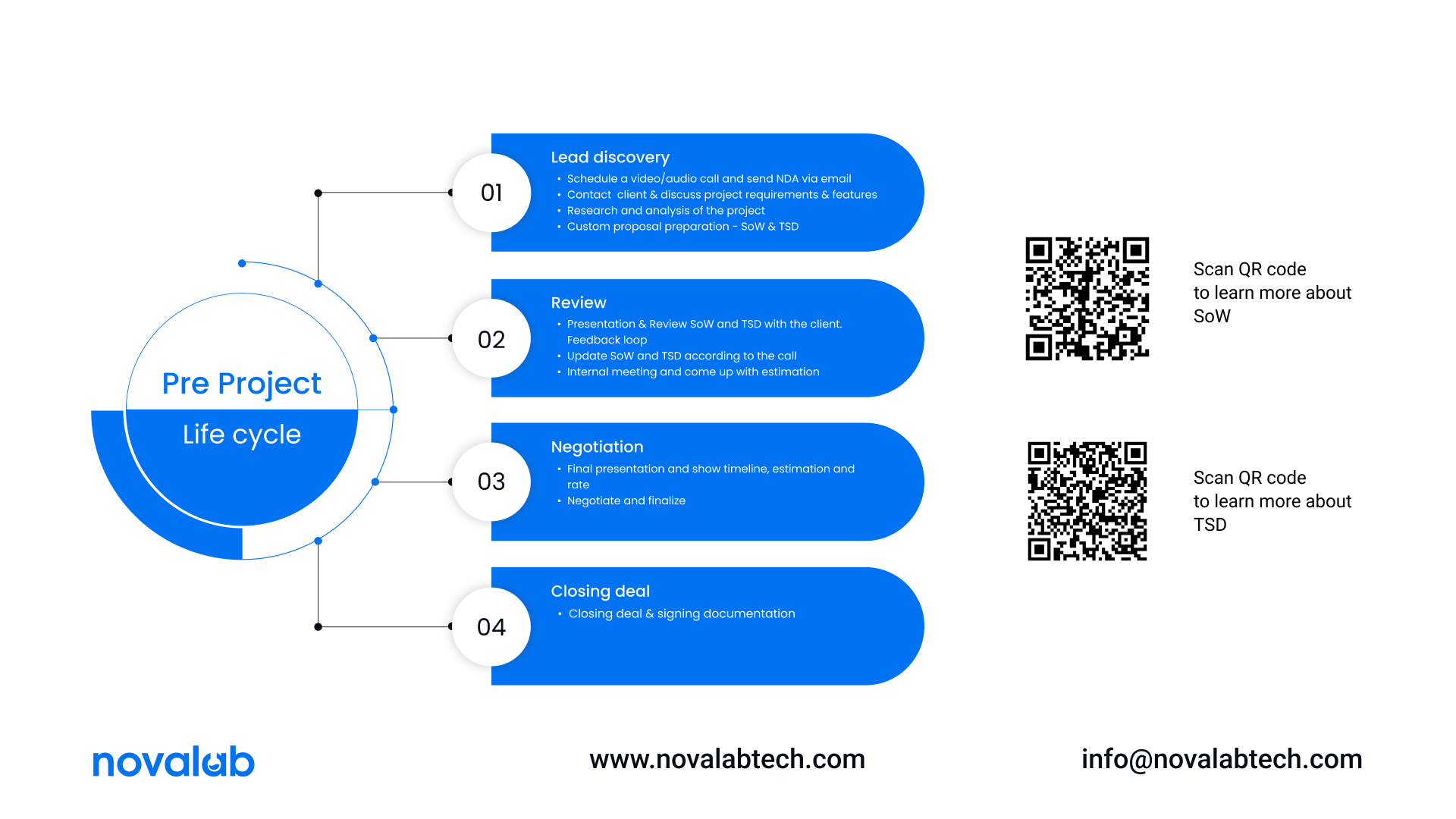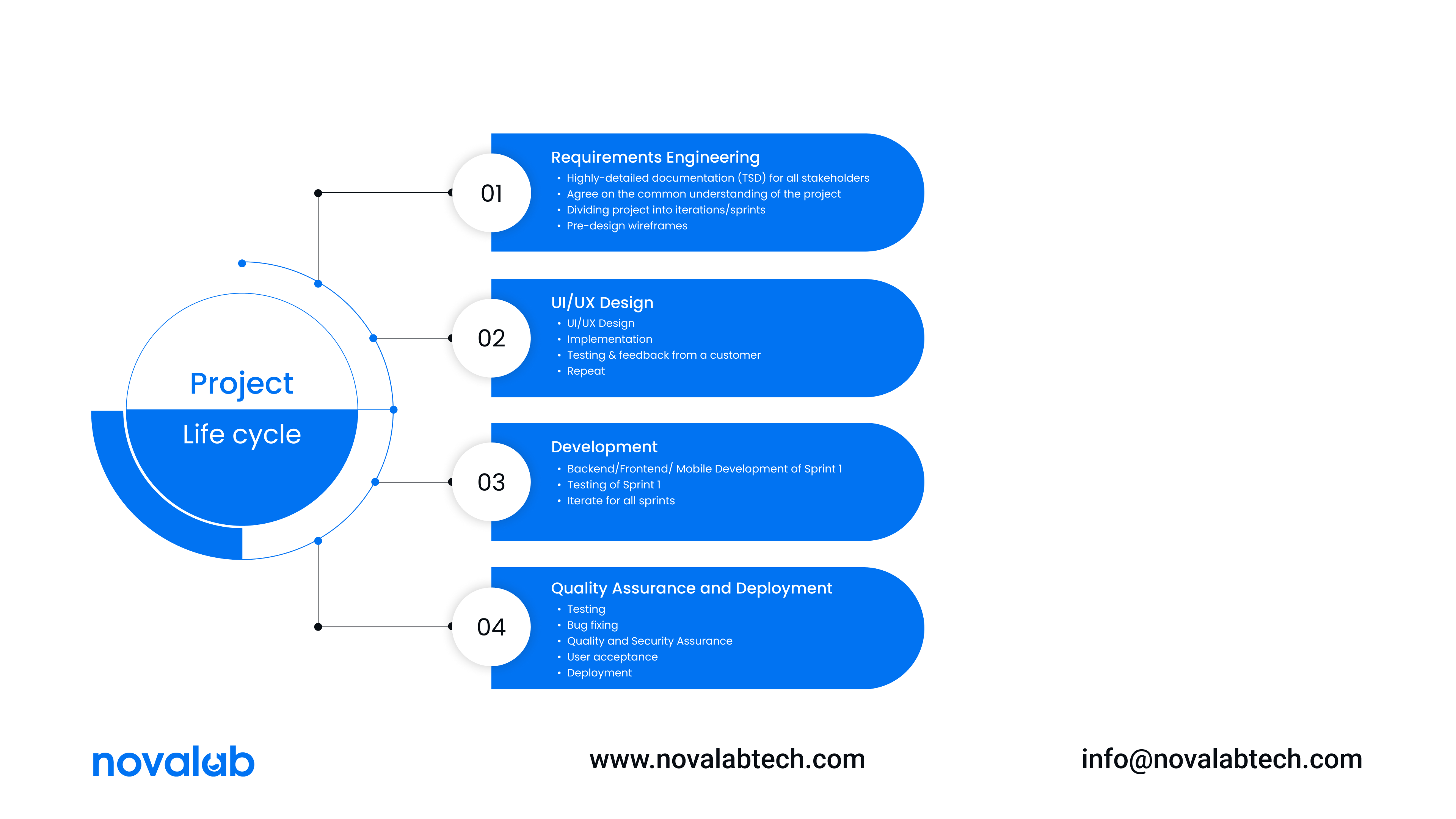Did you ever want to know how each process in Software Development Life Cycle is handled? Did you ever find the contents on the internet to be too
generic? If so, this article is for you. With this series of articles, we will be explaining each process of SDLC and giving practical examples for each of them. Be ready; this and other articles in this SDLC series are not general and will give you only specific information.
There are multiple steps that need to be accomplished even before starting actual software development. The whole customer journey, from beginning to end, needs to be analyzed carefully so that this journey can be personalized according to customers’ experience to streamline their decision journey.

In the lead discovery phase, the requirements engineering process begins. This is the phase where Business Analysts start gathering requirements (Requirements Elicitation), which is an initial step of Requirements Engineering.
Later on, when we start gathering requirements for the software, we will be preparing documents like Statement of Work (SoW) and Technical Specification Document (TSD), which are included in the documentation package. The process of writing SoW and TSD will be explained in our next articles.
Now, let’s imagine that the client is ready to start. Would it be a good idea to straightly jump into the design stage? The simple and short answer is no, the long and complex answer is that there are a few steps of the Requirements Engineering phase that need to be accomplished before jumping into the design stage.

In the later part of Requirements Engineering there are steps like Requirements Validation, Stakeholder Analysis, and Interface Prototyping, to name but a few.
This article was intended to give only a short introduction to a series of articles in the SDLC series. In the next articles, we will be highlighting each touchpoint of the customer journey depicted above.